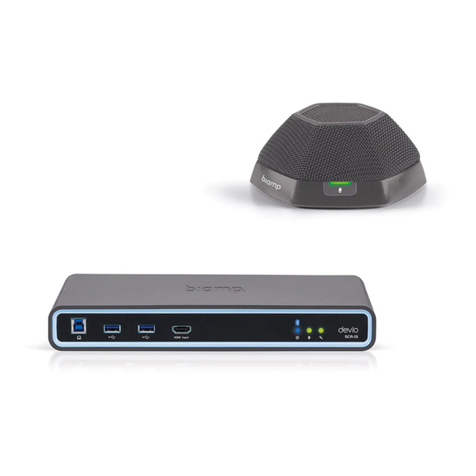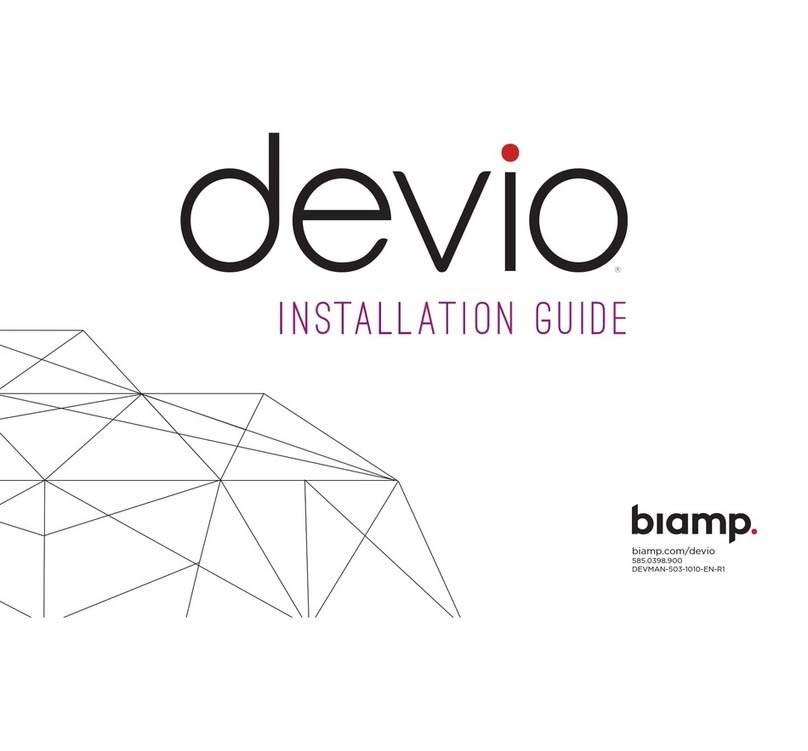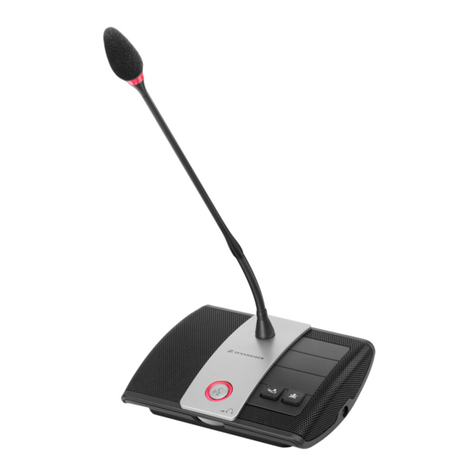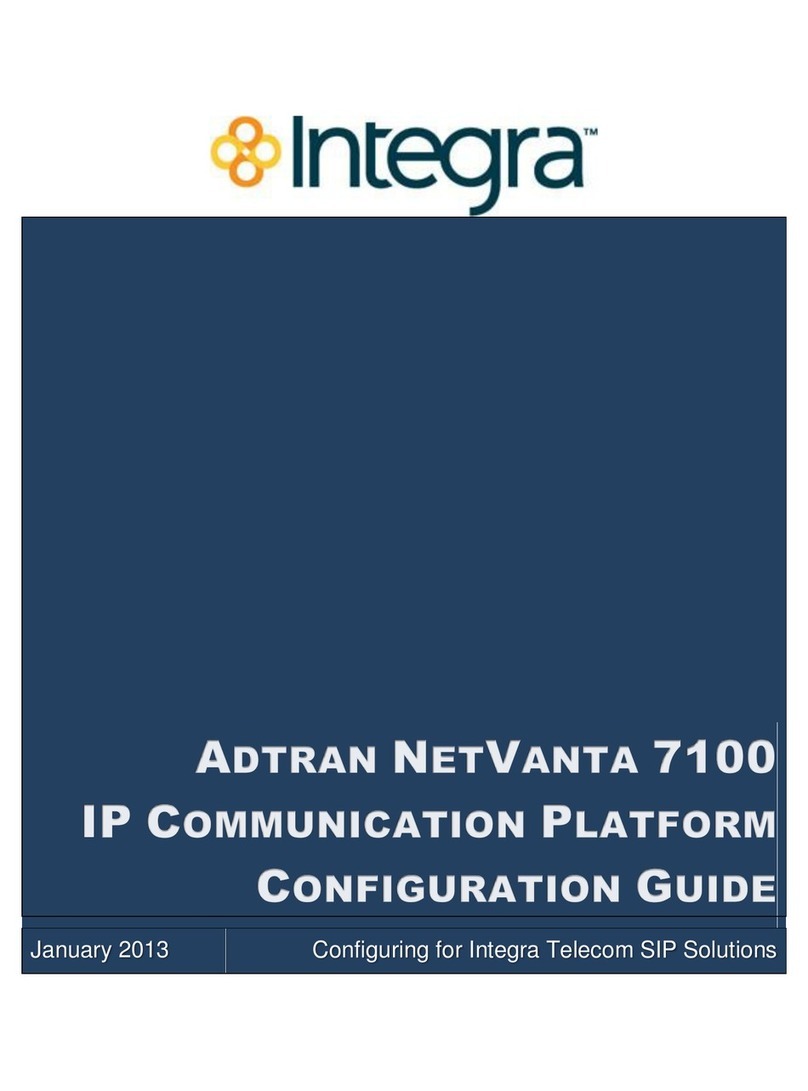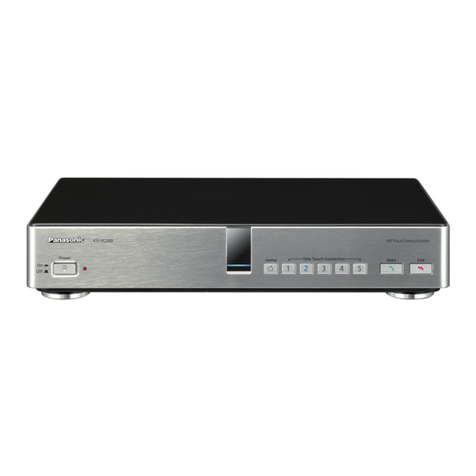Biamp Crowd Mics Service manual
Other Biamp Conference System manuals
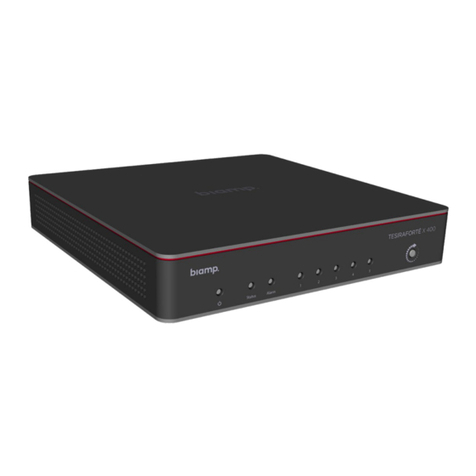
Biamp
Biamp TesiraFORTÉ X 400 Original operating instructions
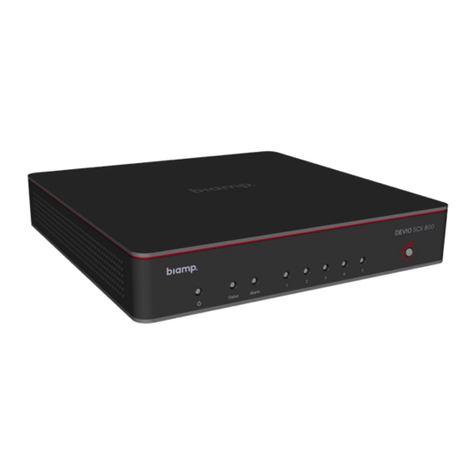
Biamp
Biamp Devio SCX 400 Original operating instructions

Biamp
Biamp Vidi 100 Operating instructions

Biamp
Biamp Evoko Liso User manual
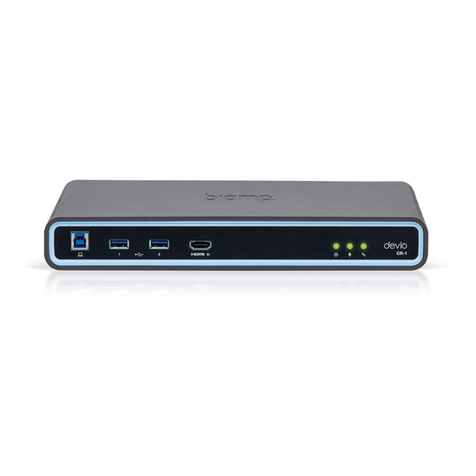
Biamp
Biamp Devio CR-1T User manual

Biamp
Biamp TesiraFORTÉ AVB VT4 Guide
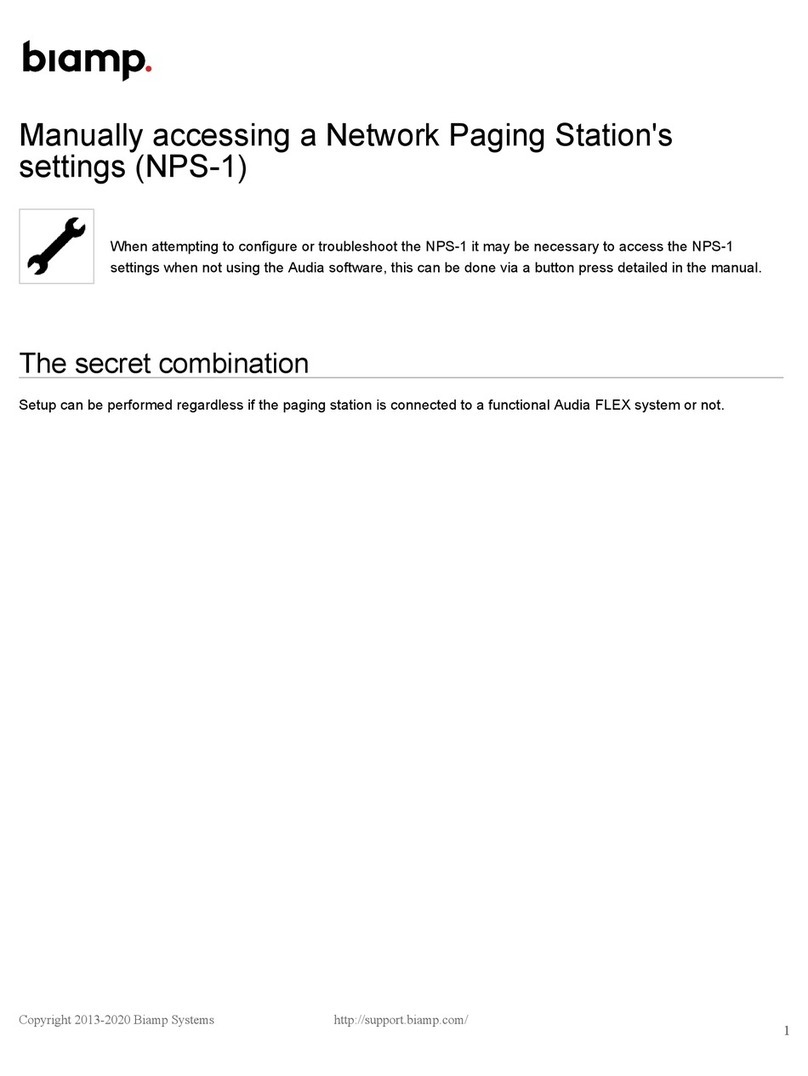
Biamp
Biamp NPS-1 User manual
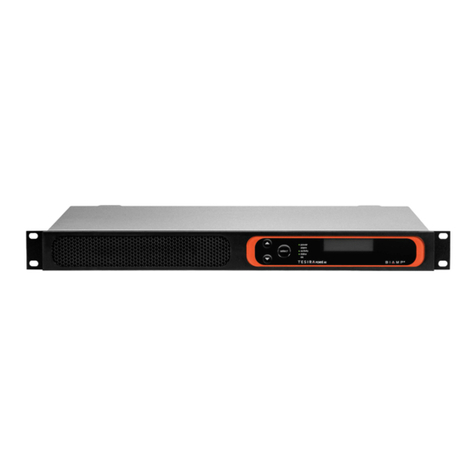
Biamp
Biamp TesiraFORTE Original operating instructions

Biamp
Biamp VBC 2500 Original operating instructions
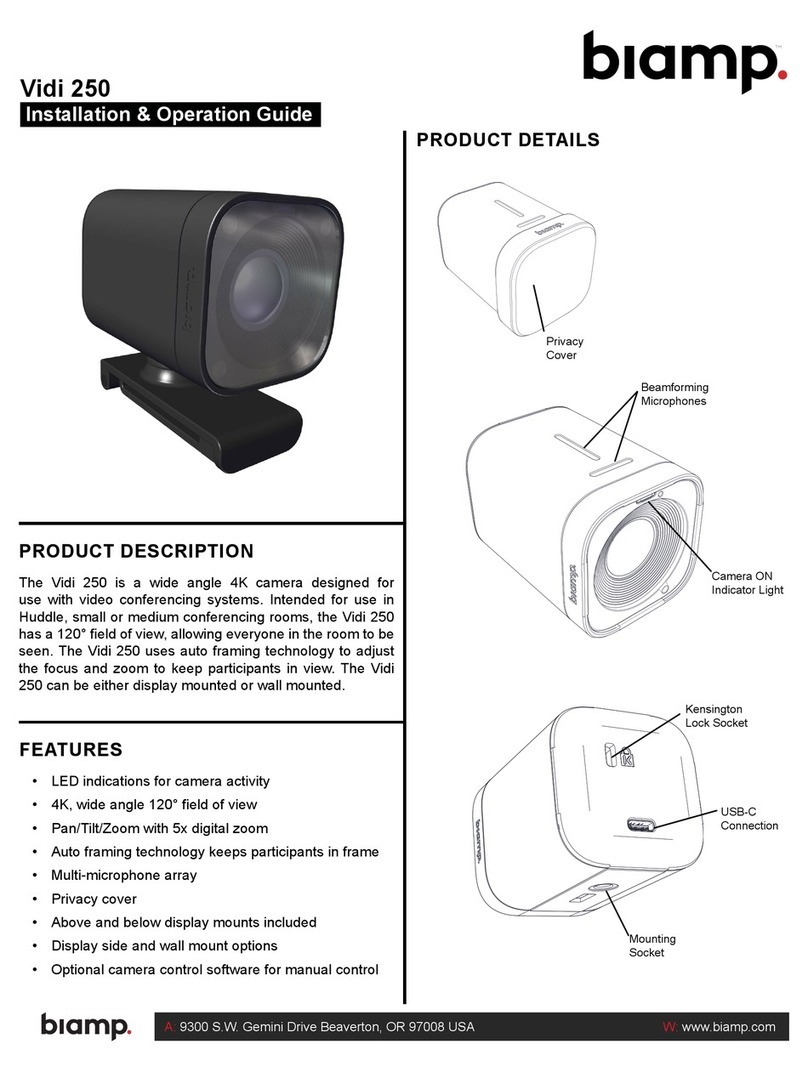
Biamp
Biamp Vidi 250 Original operating instructions
Popular Conference System manuals by other brands

Jabbla
Jabbla Tellus 6 operating instructions

LY International Electronics
LY International Electronics H-9500 Series Installation and operating manual

RADVision
RADVision Scopia XT1000 user guide
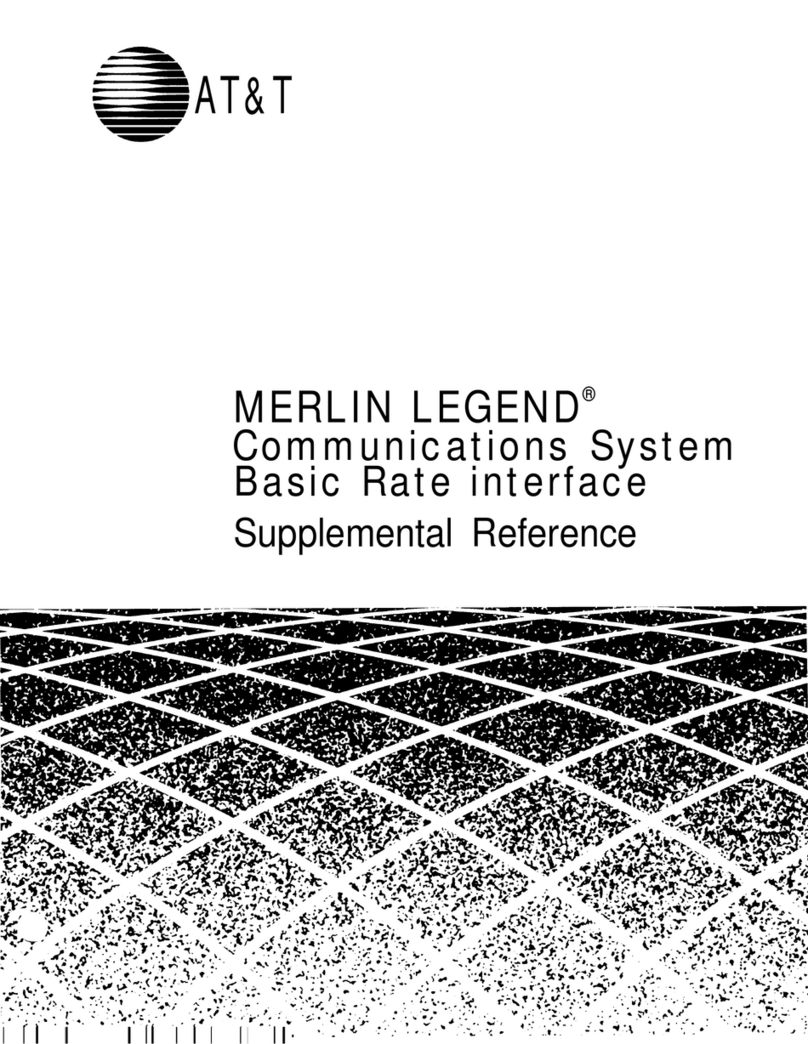
AT&T
AT&T MERLIN LEGEND Reference
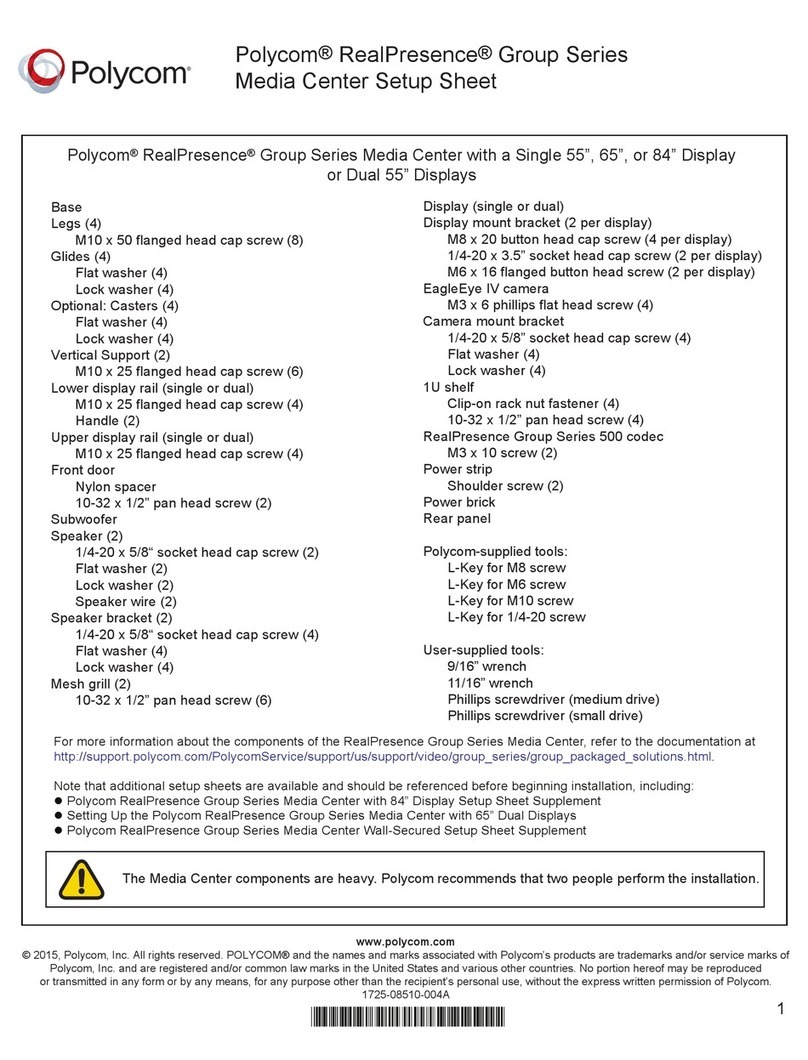
Polycom
Polycom RealPresence Group Series setup sheet

ProSoft Technology
ProSoft Technology AN-X4-AB-DHRIO user manual

Sony
Sony PCS-I150 Operation guide
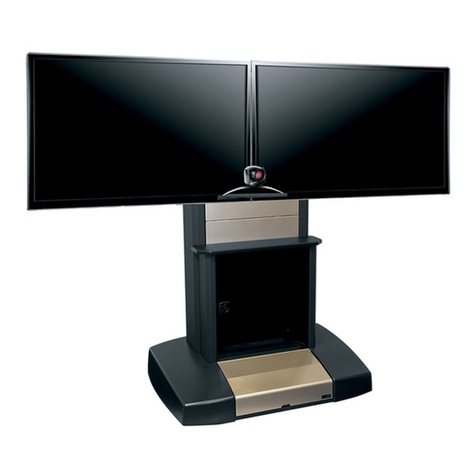
Middle Atlantic Products
Middle Atlantic Products VTC Series instruction sheet
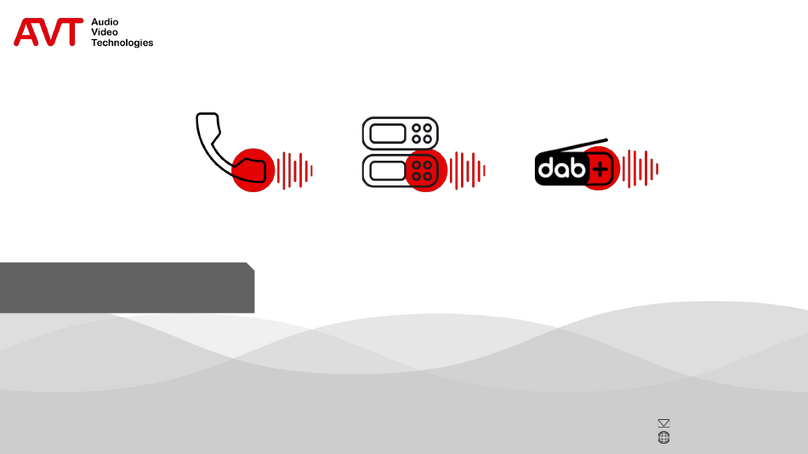
AVT
AVT MAGIC AC1 Go Configuration guide

Prentke Romich Company
Prentke Romich Company Vanguard Plus Setting up and using
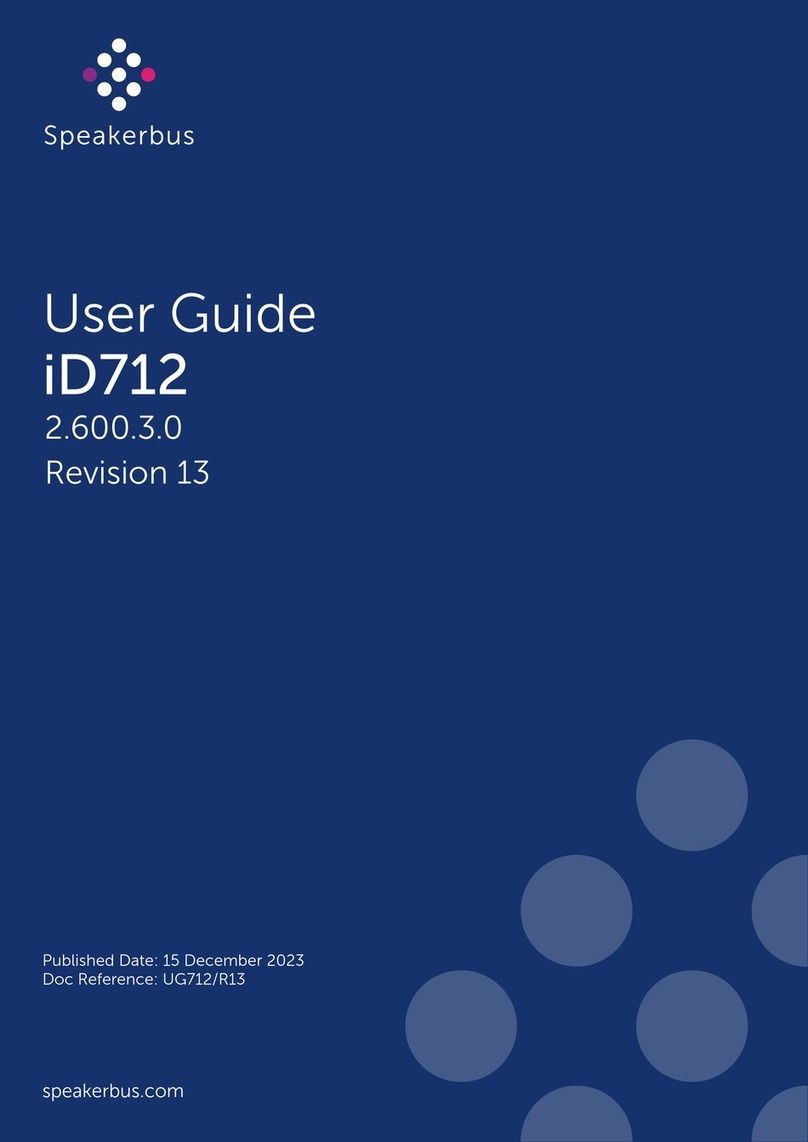
Speakerbus
Speakerbus iD 712 user guide

Trelleborg
Trelleborg SafePilot CAT PRO user guide


